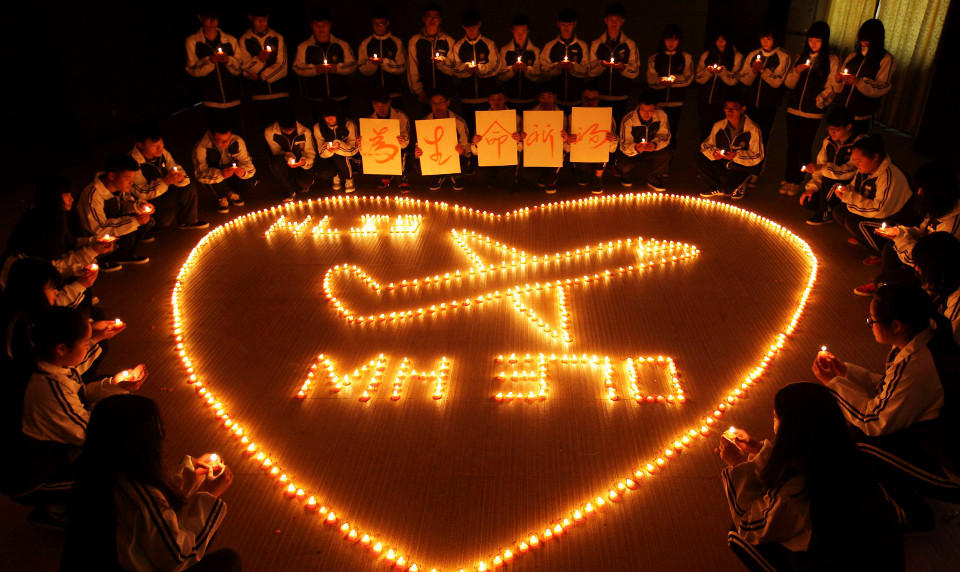What missing flight says about the media

The disappearance of MH370, the Malaysian Airline’s flight that vanished over the South China Sea last Saturday, is the biggest aviation story to hit the headlines for years. It’s also one of the biggest mysteries.
This story has gripped me for several reasons. Firstly, I’m petrified of flying, so things that happen to planes always get my attention. Secondly, I spent six weeks travelling around Malaysia last year, so I’m fascinated with the area and have flown over the very place where the plane allegedly went missing. But the thing that’s really gripped me whilst I’ve been following the story is the wildly different ways various media outlets have covered it.
If anyone is in any doubt about which media take a sensationalist approach over those that still opt for fact-based, neutral reporting, then this story demonstrates it clearly.
Not surprisingly, the BBC, Guardian and Times have all taken a balanced stance throughout, basing their stories on the limited number of known facts available. Even the Daily Mirror has been pretty neutral, basing most of its stories on cold hard facts and evidence. Flick to the Daily Mail though and it’s a different story completely. Headlines scream about Islamist fanatics, shoe bombers and pilots who spend their time in the cockpit chatting and smoking with pretty blonde passengers, rather than concentrating on actually flying the plane. The Daily Telegraph and Star are also both hanging dangerously near to the edge of sensationalism.
It’s also been interesting to see how news organisations have struggled to feed 24-hour news channels and rolling live updates with the tiny amount of sketchy information available. They’re milking every little scrap of evidence dry and jumping on even the most ridiculous theories to fill their slots. Martin Robbins from Vice describes it perfectly in his article here.
The story has also demonstrated just how connected we all are nowadays. Twitter is awash with messages about the crash from people around the globe and different nationalities have very different takes on the story. Then there’s the huge crowd-sourced search going on online, thanks to Digital Globe’s Tomnad platform. It lets anyone log on and search the area where the flight is thought to have gone missing using images taken from space. I’ve been on a few times so far, although I’m sad to report I’ve not spotted anything yet.
I am desperate to know what has happened to this plane and whilst I continue in my quest for answers, I’m keen to know how the rest of this story pans out in the media. Bets on the Daily Mail digging up some dirt on someone vaguely connected to the incident and creating a whole week’s worth of tenuous news stories from it…
Jasmine
